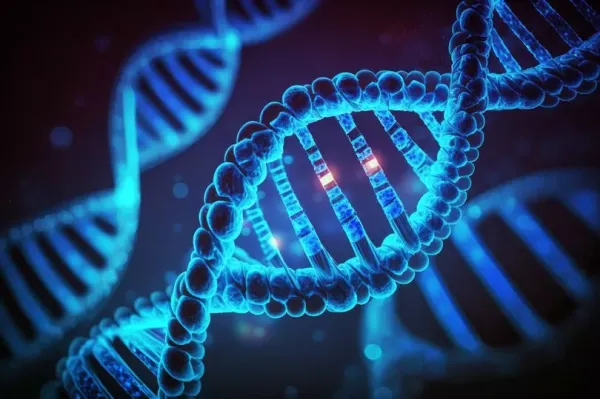
A British man whose body was found in Arizona more than a decade ago has finally been identified - in a scientificbreakthrough hailed as a “a historic milestone.”
Michael Hill, 75, died in February 2013 while visiting a friend in the US. With no belongings beyond the clothes on his back and no close relatives to identify him, he remained nameless for 12 years - known only as “Maricopa County John Doe 2013.” Now, thanks to cutting-edge DNA technology, researchers from the UK and US have restored his identity, making Mr Hill the first British citizen ever to be identified using Investigative Genetic Genealogy (IGG).

The technique, which fuses advanced DNAanalysis with genealogical research, has been credited with finally solving the mystery of Mr Hill's identity - and could now revolutionise how unsolved cases are tackled in the UK.
READ MORE: Clactor murder update as police picture son, 24, who admits killing own mum
READ MORE: WH Smith says goodbye to High Street after 200 years as shoppers furious over rebrand
Dr Craig Paterson, who led the work from Sheffield Hallam University, said: “It is a privilege to see the team solve this case and to restore Michael’s name and identity.
“This case proves that IGG can be used in the UK to identify distant relatives and generate leads in cases that have remained unsolved using other investigative techniques. There are lots more unsolved cases in the UK where IGG can be used and we will continue to work with our partners and students to ensure that as many cases as possible benefit from this expertise.”
The technology relies on the millions of members of the public who have taken consumer DNA tests and carried out genetic genealogical searches on platforms such as FamilyTreeDNA and GEDmatch, said David Gurney, director of the Investigative Genetic Genealogy Centre at Ramapo College in New Jersey.
In the case of Mr Hill, Researchers and students from Sheffield Hallam University, the Ramapo College Investigative Genetic Genealogy Centre, and Silverwell Research in London gathered information the police and coroner’s officer in Arizona. The team found Mr Hill had left his friend’s house on the day he died, and returned four hours later complaining that he did not feel well.
He laid down in a guest bedroom but a short time after began to convulse and went unresponsive. The friend called 911 and emergency service personnel responded to the scene and death was pronounced at that location. The friend Mr Hill visited in the Phoenix area provided a name, Michael Sydney Hill, and date of birth to the authorities - but this wasn't enough to confirm Hill’s identity.
Traditional means of identification employed by Maricopa County Office of the Medical Examiner (MCOME) also did not yield a positive result. There was no identification on his person, and he had no siblings, children, or close relatives to contact and provide a positive identification.
“He was still connected to parts of the family – but there was just a loss of contact,” Dr Paterson said. “It happens a lot more than you would think.” The case remained cold for more than a decade until the team managed to trace a distant cousin of Mr Hill using DNA taken from his body, combined with genealogical analysis. The relative provided a DNA test and Michael Hill’s identity was finally confirmed.
“He was born in 1937 so finding a living relative was difficult,” Dr Paterson said. “We are happy that there was closure. That’s the aim – it’s to take away that uncertainty.” IGG technology has been mainly used in the United States, Canada, and Australia – but researchers hope to increase its use in the UK.
Cairenn Binder, director of the IGG Certificate Programme at Ramapo College, said: “Investigative genetic genealogy was integral to solving the case of Mr Hill because as an unidentified person with only a lead on a possible name and no next of kin, genetic genealogy research was required to restore his identity.
“Advanced DNA testing and shared DNA with his distant relatives allowed investigators to confirm his identity and memorialize him after more than twelve years as a John Doe. This case is a historic milestone for the implementation of IGG in the UK, as Mr Hill is the first UK citizen to be identified with IGG research.”